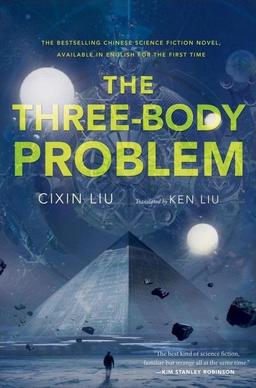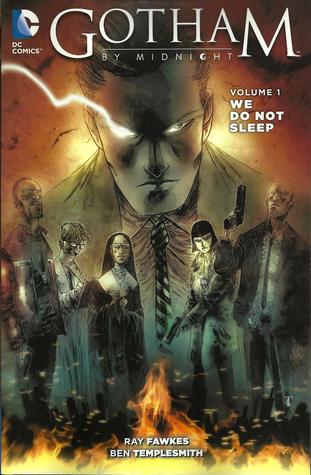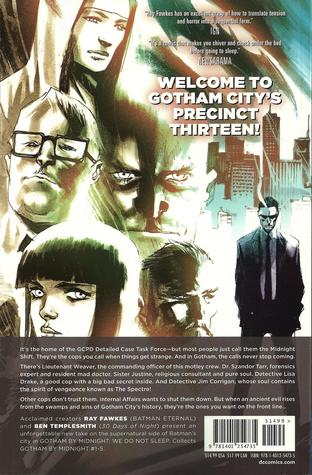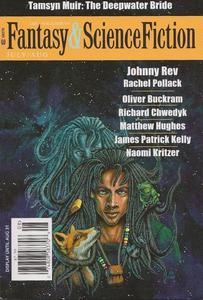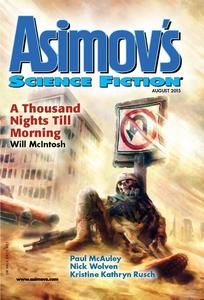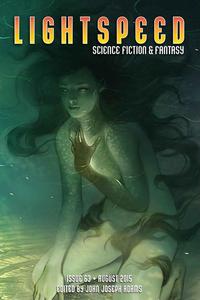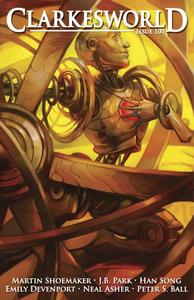Little Green Men, Couriers of Chaos, and Miners on Uranus: Things, edited by Ivan Howard
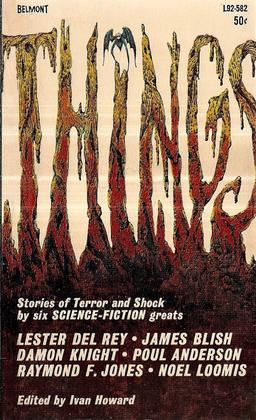 Things
Things
Edited by Ivan Howard
Belmont (157 pages, $0.50, February 1964)
Belmont Books, publisher of this anthology, apparently thrived throughout the Sixties. Early on it looks like many of their books leaned toward horror, with SF being sprinkled into the mix more as time went on. Things presents itself more as horror (the subtitle is Stories of Terror and Shock by six SCIENCE-FICTION greats) but there’s not much horror content. It’s a short volume that collects six fairly uninspired novelettes and short stories first published in SF magazines in the early Fifties.
Thumbs Up
“The Gift of the Gods,” by Raymond F. Jones
An interesting take on aliens landing on Earth, as the whole affair is somewhat derailed by bureaucracy and pettiness. It could have been a lot shorter and it was a bit preachy in spots but not bad overall.
“Little Green Man,” by Noel Loomis
I like pulp as much as the next guy and maybe a bit more — although it’s best taken in moderate doses. This one’s pretty pulpy, with the LGM of the title beseeching a mining engineer from Earth to evacuate from his home planet of Uranus. Entertaining but not particularly exceptional.
 By this point I’ve discussed all the movies I saw in theatres at the Fantasia film festival, but there remain a half-dozen more that I saw courtesy of the Fantasia screening room. I’m going to write about them over two posts, for ease of reading. And then I’ll have a coda wrapping up my Fantasia coverage with thoughts on what I saw, and the value of the festival. For now: reviews of the psychological romance comedy Poison Berry in My Brain, the metafictional satire Anima State, and the suspense movie The Interior. All of them, one way or another, directly to do with what happens inside the head.
By this point I’ve discussed all the movies I saw in theatres at the Fantasia film festival, but there remain a half-dozen more that I saw courtesy of the Fantasia screening room. I’m going to write about them over two posts, for ease of reading. And then I’ll have a coda wrapping up my Fantasia coverage with thoughts on what I saw, and the value of the festival. For now: reviews of the psychological romance comedy Poison Berry in My Brain, the metafictional satire Anima State, and the suspense movie The Interior. All of them, one way or another, directly to do with what happens inside the head.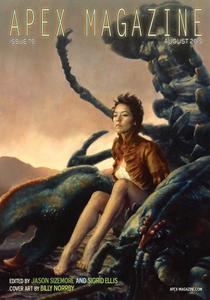
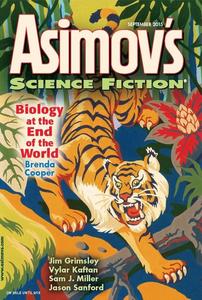
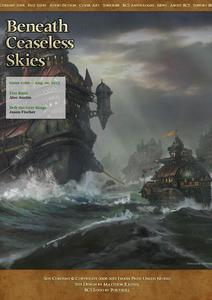
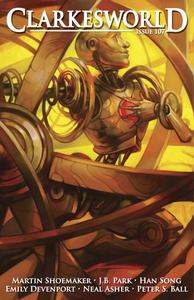
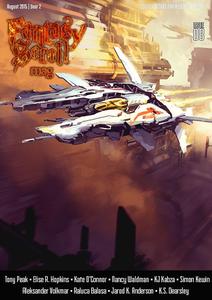
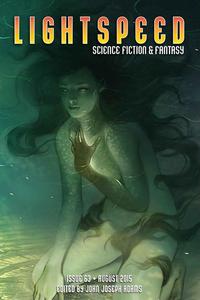
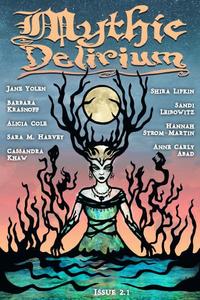
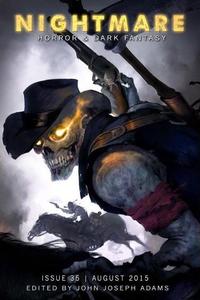
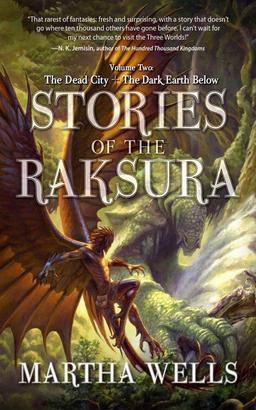
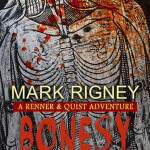


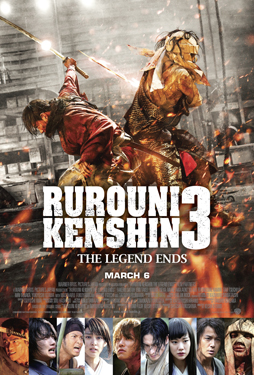 Tuesday, August 4, was my last day at the Fantasia Festival. It was the official closing day of Fantasia; they’d added a few screenings on Wednesday, but nothing that looked compelling to me. I have some more films to write about after this, thanks to the festival’s screening room. But since I’ll be writing here about the last three movies I saw in a theatre at the 2015 Fantasia Festival, in this post I want to make a point of acknowledging the crowds.
Tuesday, August 4, was my last day at the Fantasia Festival. It was the official closing day of Fantasia; they’d added a few screenings on Wednesday, but nothing that looked compelling to me. I have some more films to write about after this, thanks to the festival’s screening room. But since I’ll be writing here about the last three movies I saw in a theatre at the 2015 Fantasia Festival, in this post I want to make a point of acknowledging the crowds.